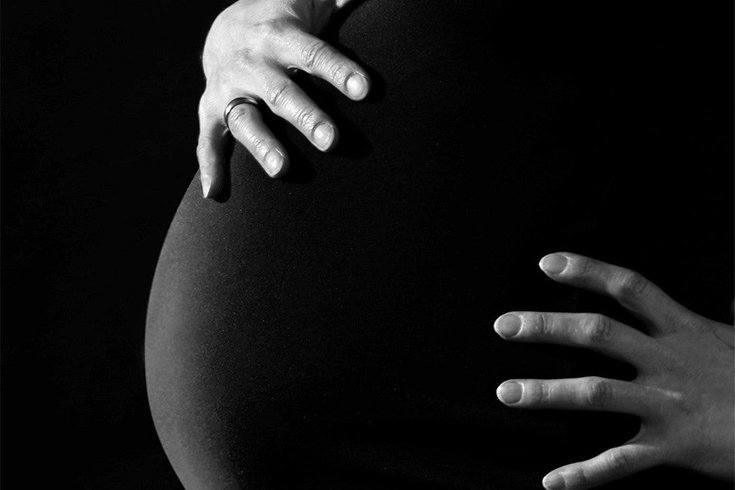
June 04, 2024
 Pixabay.com/Pexels
Pixabay.com/Pexels
The U.S. maternal mortality rate was higher than any other high-income country in 2022, according to a report from the Commonwealth Foundation. That more than doubled – and sometimes tripled – the rate of other high-income countries that year.
Among high-income nations, the United States continues to have the highest rate of maternal deaths, 80% of which are likely preventable, according to a new report.
In 2022, there were 22 maternal deaths for every 100,000 live births in the U.S. That more than doubled – and sometimes tripled – the rate of other high-income countries that year, according to the analysis released Tuesday. The maternal mortality rate among Black women in 2022 was nearly 50 deaths per 100,000 live births.
Black women "continue to die from pregnancy and childbirth complications at unacceptably high rates," the researchers noted in the report from The Commonwealth Fund, a private foundation that conducts health-related research.
In approximately half of the other countries included in the report, there were less than 5 maternal deaths per 100,000 live births in 2022.
Maternal death rates been declining since the COVID-19 pandemic started, but the "U.S. is still such an outlier, and the racial disparities are profoundly disturbing," Dr. Laurie Zephyrin, senior vice president for advancing health equity at the Commonwealth Fund, said in a news release. "It is time to center equity by diversifying the workforce and addressing head on the racial inequities in health care quality and access."
The majority of maternal deaths in the U.S. occur postpartum – which lasts until one year after birth, researchers found. They are most commonly caused by severe bleeding, high blood pressure and infection. Cardiomyopathy, which can lead to symptoms of heart failure, is the leading cause of maternal deaths later in the postpartum period.
"Now is the time to prioritize what we know is already working well in other countries: expanded health insurance coverage, stronger workforce and support systems, and paid maternity leave," Zephyrin said.
Researchers identified several factors that are contributing to the high U.S. maternal death rate and to the racial disparities in maternal deaths:
• The U.S. and Canada have the lowest overall supply of midwives and OB-GYNs, with an estimated 8,000 more OB-GYNs needed to meet demand. That number that may rise to 22,000 by 2050.
• Just over a quarter of American workers have access to paid family leave through their employer or the state where they live. Women who take paid leave have lower rates of postpartum depression, research shows.
• Of any high-income nation, women in the U.S. are the least likely to have supports such as home visits.
• Nearly 8 million women of reproductive age in the U.S. are uninsured. Black, Hispanic, Native Americans Alaska Natives, and Native Hawaiians and other Pacific Islander women are the least likely to have insurance in the U.S.
Researchers used the latest data from the Centers for Disease Control and The Organization for Economic Co-operation and Development.